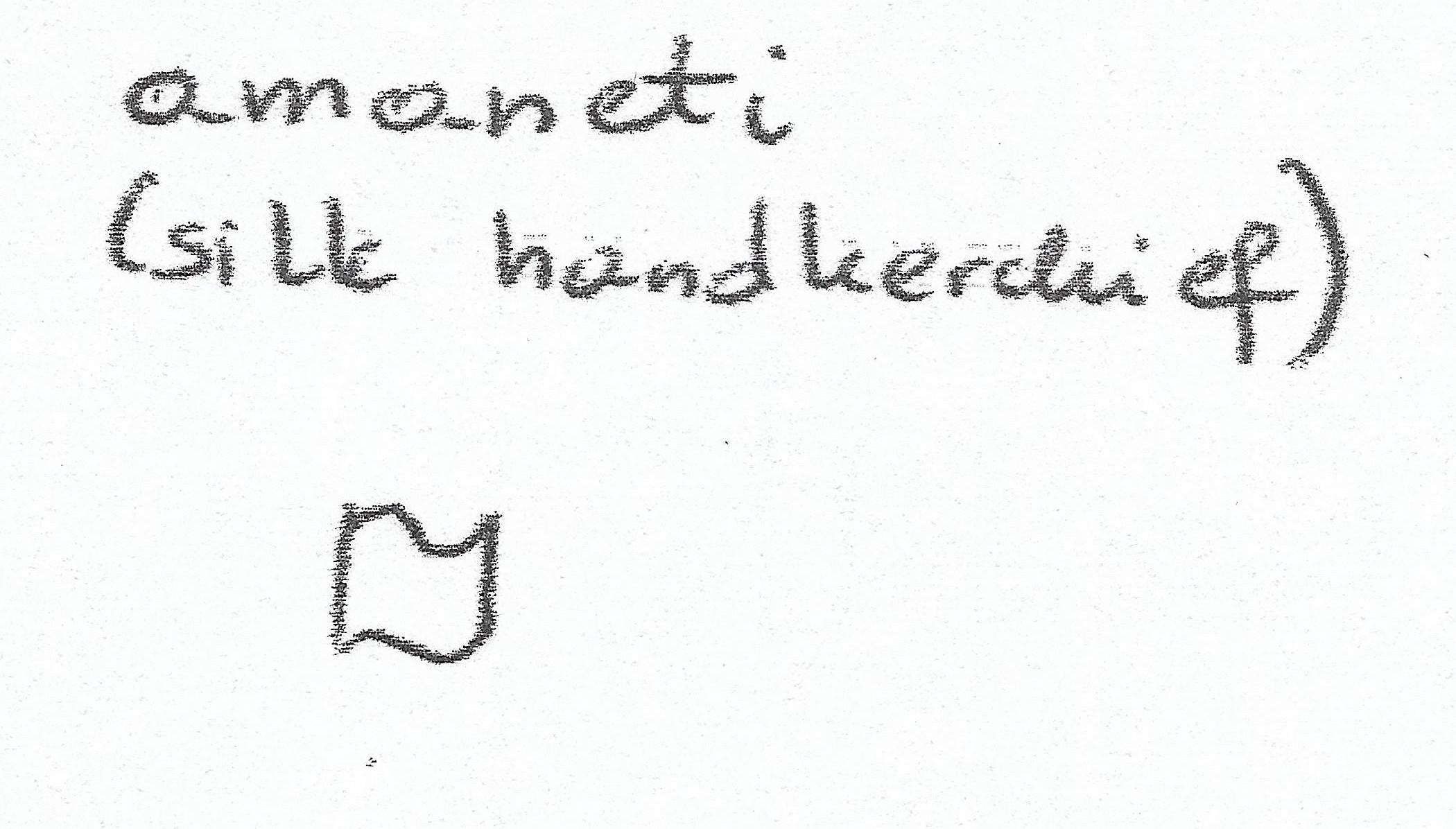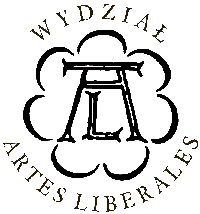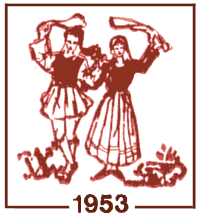| Original text |
On Saturday the village children go from house to house singing special hymns known as `Lazarakia , which describe the resurrection of Lazarus. They usually hold a small picture depicting the scene. In Central Greece, Macedonia and Thrace, only girls aged from 10 to 12 (sometimes a little older) are known to do this. One of the girls carries a wooden pestle (used for pounding the wash) wrapped up in brightly coloured rags. This object has the appearance of a swaddled baby. In other parts of Greece, Lazarus is represented by a distaff or a doll decorated with flowers, rags and ribbons. The Cretans make a cross of reeds and decorate it with wreaths of lemon-blossom and wild red flowers. In Cyprus, Lazarus used to be impersonated by a boy so heavily decked with yellow flowers that his face could hardly be seen. This child was led from house to house by a group of boys. As soon as the boys began to sing the Lazarus hymns, the child lay down on the ground pretending to be dead; he rose to his feet only upon hearing the group calling: "Lazarus, come out!" It is obvious that this is the most ancient and authentic version of the custom of representing |


